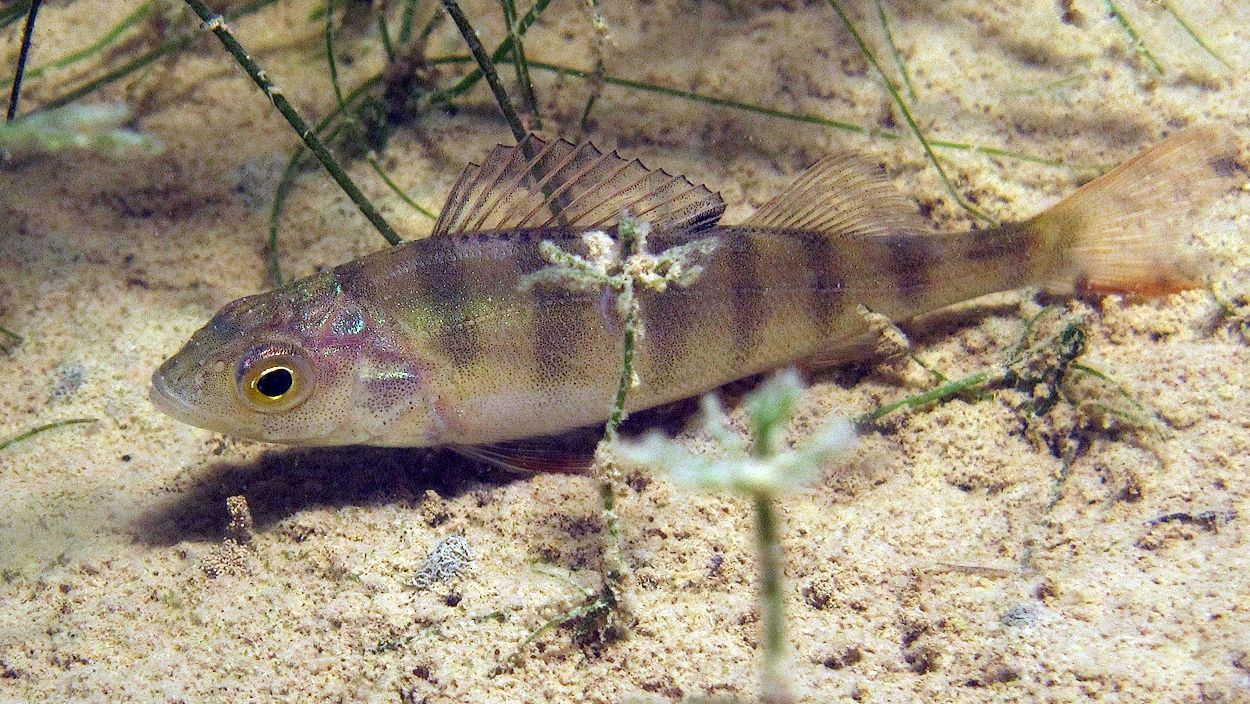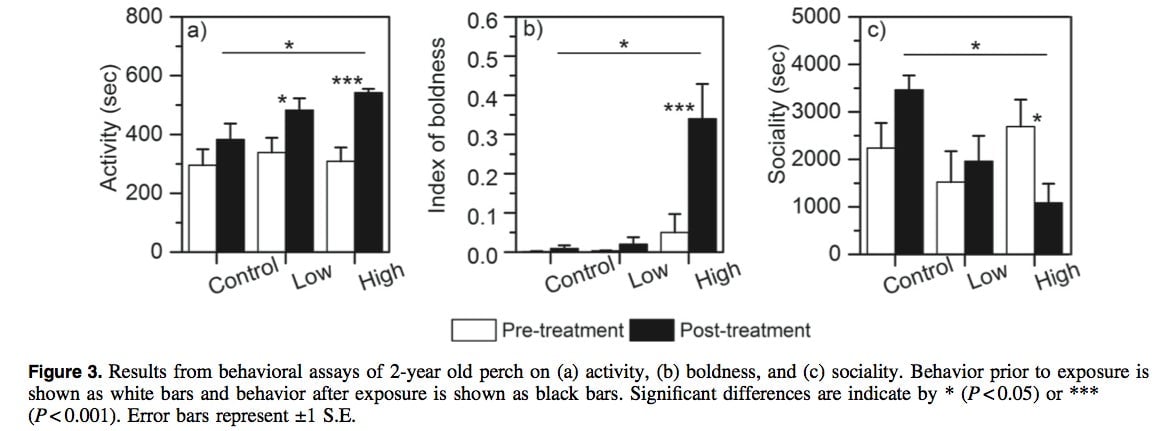Sewage spiked with anti-anxiety meds helps baby fish live longer, mellower lives
Humans aren’t the only ones living in an overmedicated society. Many of the drugs we take keep working long after they leave our bodies. Flushed into the sewage system, the compounds dose streams and lakes—and the fish that live there. Caffeine, estrogen, anti-epilepsy drugs—these are just a few of the things washing through waterways and, as many scientists suspect, scrambling fish reproductive systems and otherwise altering their physiology.


Humans aren’t the only ones living in an overmedicated society. Many of the drugs we take keep working long after they leave our bodies. Flushed into the sewage system, the compounds dose streams and lakes—and the fish that live there. Caffeine, estrogen, anti-epilepsy drugs—these are just a few of the things washing through waterways and, as many scientists suspect, scrambling fish reproductive systems and otherwise altering their physiology.
But some drugs may actually help fish. A study published today finds that young fish live longer when exposed to Oxazepam, a drug used to treat anxiety and insomnia in humans—and that turns up in relatively high concentrations in surface waters.
The scientists tested the effects of different concentrations of Oxazepam on wild two-year-old Eurasian perch from a lake in Sweden, as well as on perch embryos. Both the two-year-olds and the baby perch exposed to the sedative survived at higher rates than the control group. The baby perch thrived when given lower levels of Oxazepam than the older fish.

Why do drug-doped perch survive in higher rates? For one thing, they eat a lot more. Scientists think this is because the drug makes perch less anxious, and thanks to lower stress levels they are more comfortable travelling away from the pack of other young fish—meaning more food for themselves.
That might sound like a good thing. But it’s not, explains Tomas Brodin, co-author of the study.
“A therapeutic effect leading to increased survival of one species may generate a proportional increase in mortality of that species’ prey,” says Brodin, “which may have cascading ecological consequences that need consideration.”
Within a week of hatching, only 8% of wild baby Eurasian perch typically survive to adulthood. That rate, while low, is what the ecosystem is accustomed to. Even a small jump in survival rates caused by an inflow of anti-anxiety meds can throw the whole ecosystem out of whack.
And Oxazepam is almost certainly not the only “beneficial” drug getting flushed down toilets and into waterways. Similar effects could result from antibiotics, painkillers, anti-inflammatory drugs, hormones, and antidepressants, says Brodin.